Types of Thrombosis

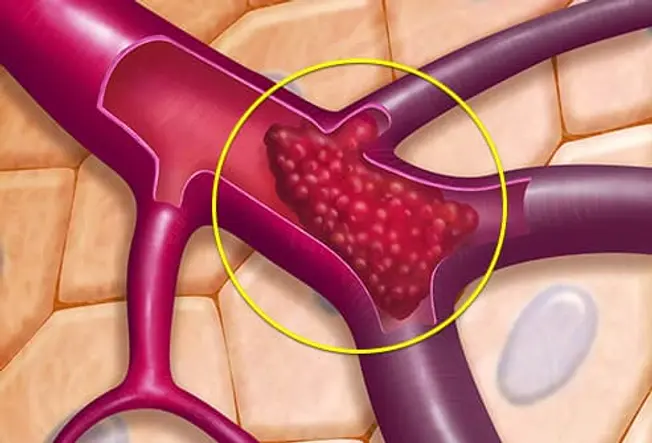
How Thrombosis Starts
Arteries carry blood from your heart to your organs; veins send it back to your heart. Sometimes the smooth flow of blood through these "pipes" slows down or gets blocked. Or, there's damage inside a blood vessel. That's when blood cells can stick together and form a clot. Doctors call this thrombosis. Serious problems can happen, depending on where the clot is.
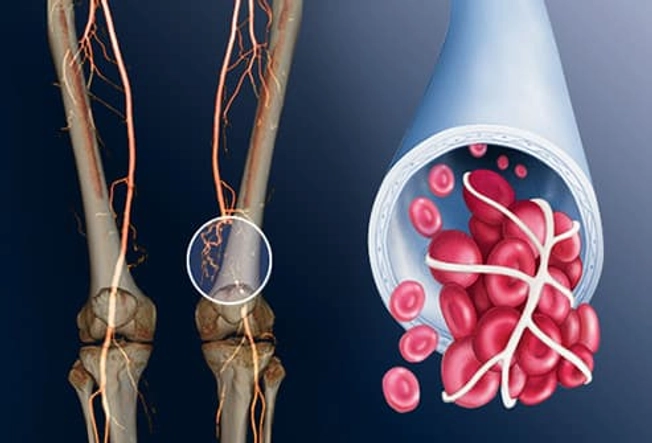
Deep Vein Thrombosis (DVT)
A "deep vein" is farther inside your body, away from your skin. DVT mainly happens in your leg or pelvis (lower-extremity thrombosis), but you can get it in your arm or shoulder (upper-extremity thrombosis), too. Small clots sometimes dissolve on their own. Big clots that don't move or go away can block blood flow in the vein. They're dangerous if they break off because they could travel to your lungs.
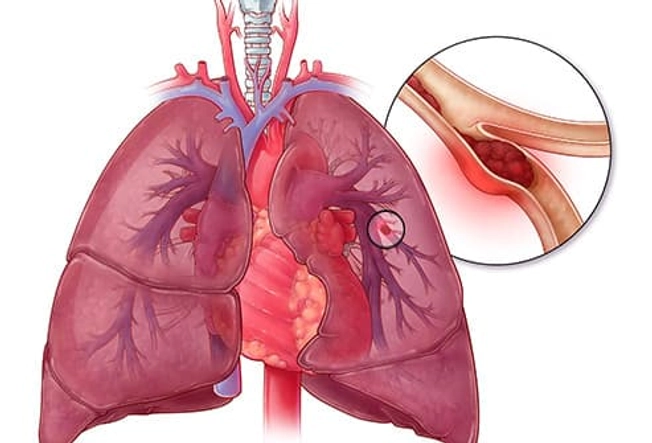
Pulmonary Embolism (PE)
This is a blood clot that formed somewhere else and has traveled through your bloodstream to your lungs. Most often, it's from a vein in your leg or pelvis. It can block the flow of blood in your lungs, so they don't work as well as they should. It can also harm other organs because your lungs can't supply them with enough oxygen. If the clot's very large or you have more than one, PE can be fatal.
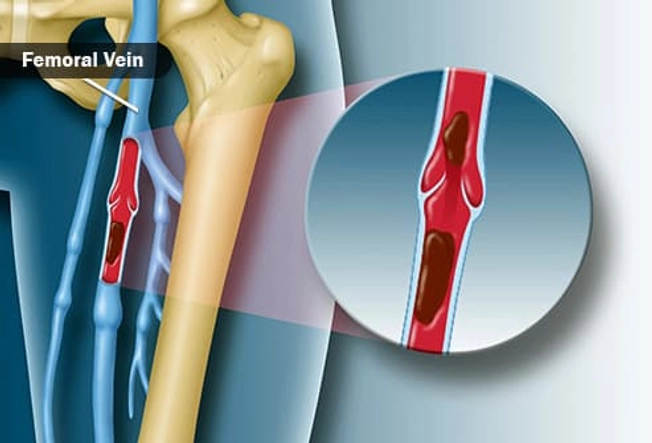
Femoral Vein Thrombosis
This is a clot in the long vein in your thigh. It usually doesn't cause symptoms, but sometimes you could have swelling, redness, and pain in your leg. Femoral vein clots can happen for many reasons: after surgery, when you're on bedrest, or if you sit for a long time, take birth control pills, or have had DVT before.

Paget-Schroetter Syndrome (PSS)
It's a rare kind of DVT that typically happens to a young, healthy person who plays sports that use the upper arms a lot, like swimming and baseball. The vein can get squeezed by the muscles around it. This pressure, along with repeated movements, can cause a clot in your shoulder. Symptoms like swelling, chest pain, and a blue color to your skin may come on suddenly. PSS can be serious if it's not treated right away.
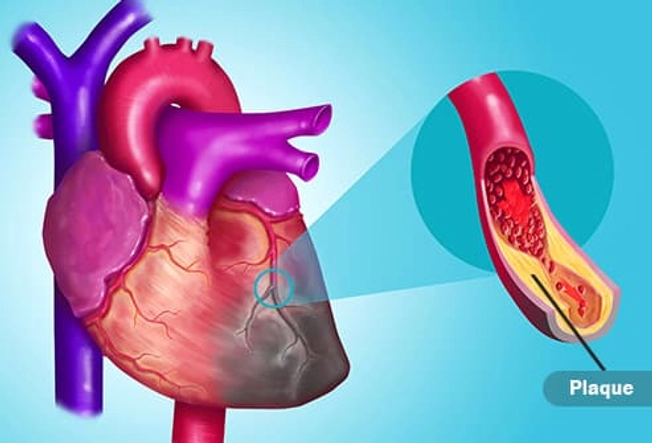
Myocardial Infarction (Heart Attack)
Your heart's arteries can get clogged with a sticky fat called plaque. A clot that forms on the plaque could cut off blood flow to your heart. If it's not treated quickly, part of your heart muscle may die. A heart attack usually causes a squeezing pain in your chest. Women might have other symptoms, like back pain or fatigue.
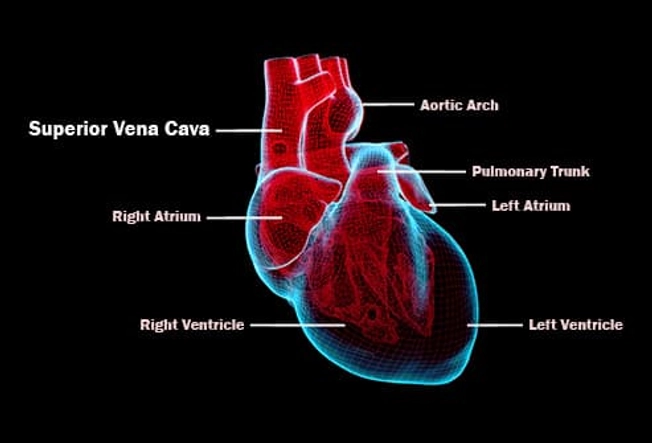
Superior Vena Cava Thrombosis
This big vein in your chest returns blood from your upper body to your heart. You usually get this type of clot because you have a tube called a central line (used to carry medicine into your body) or a catheter in the vein. Your doctor might take out the tube to treat the clot or leave it in. Either way, you'll probably need blood thinning medicine to prevent more clots.

Jugular Vein Thrombosis
The two sets of jugular veins in your neck bring blood from your head and neck back to your heart. Clots tend to form in these veins when you have a central line in them. Cancer, surgery, or using IV drugs can also cause jugular vein thrombosis. These clots might break loose, travel to your lungs, and become PEs.

Thrombotic Stroke
When a clot blocks blood flow in one of your brain's arteries, that part of your brain starts to die. Warning signs of a stroke include weakness in your face and arms, and trouble speaking. If you think you're having a stroke, you must act fast. It may cause lasting problems with talking or using one side of your body. The sooner you're treated, the better chance your brain has of recovering.
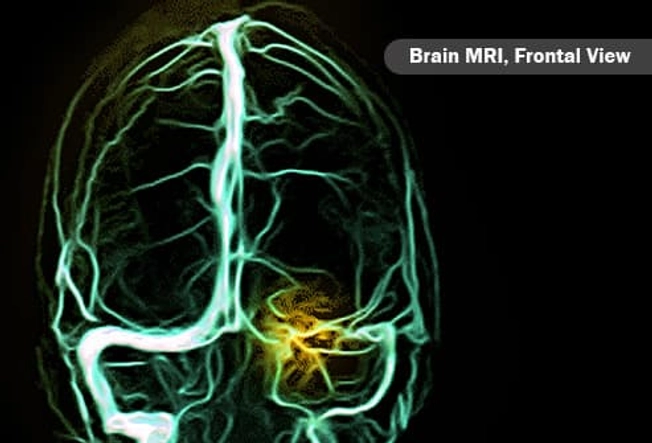
Cerebral Venous Sinus Thrombosis
This is a rare type of stroke. A clot in this part of your brain stops blood from draining out and back to your heart. The backed-up blood can leak into brain tissue and cause a stroke. This mainly happens in young adults, children, and babies. A stroke is life-threatening.
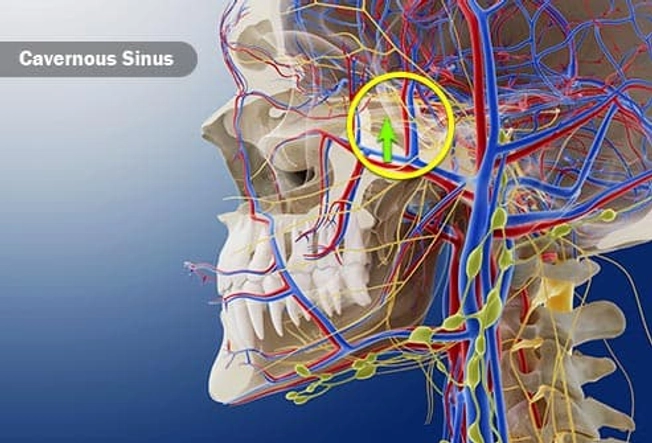
Cavernous Sinus Thrombosis
It doesn't happen often, but a blood clot can form in a vein that runs through the space behind your eye sockets. The most common cause is an infection that spreads from your nose, face, or teeth. Other things, like a head injury, can cause it, too. The main symptoms are eye problems. Your eyes may hurt, seem irritated or swollen, or bulge out, or you could find it hard to control their movements.
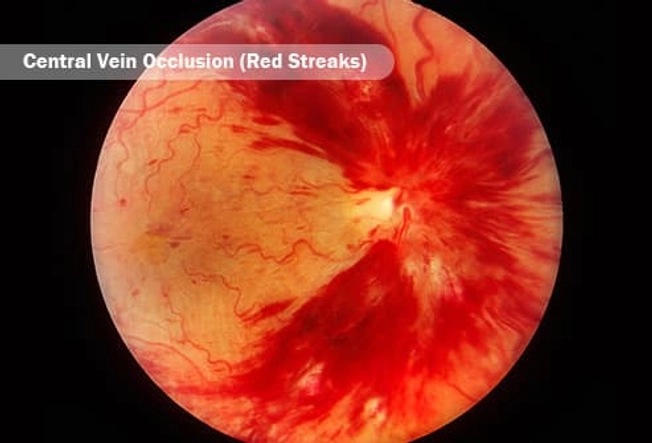
Retinal Vein Occlusion
It's one of the most common reasons older people lose their sight. A clot that blocks blood flow in the central vein in your retina (the tissue lining the back inside of your eye), or smaller side veins, stops blood from draining from your eye. The blood leaks out and can lead to serious vision problems, like glaucoma or a detached retina.

May-Thurner Syndrome
Your right iliac artery carries blood to your right leg. Your left iliac vein brings blood from your left leg back to your heart. These two blood vessels cross in your pelvis. Normally, that's not a problem. But in someone with May-Thurner syndrome, the artery squeezes the vein against the spine, making a clot in your left leg more likely. It's something to consider when a young woman has sudden swelling in their lower body.
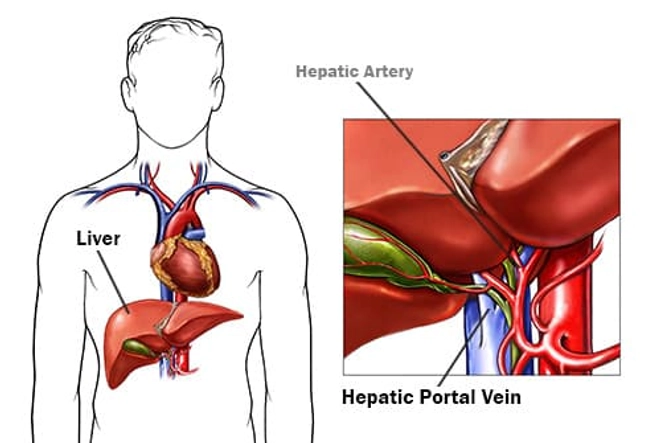
Portal Vein Thrombosis
The portal vein carries blood from your digestive tract and spleen to your liver. People with cirrhosis or who are prone to clots could get one in it. A small clot usually doesn't cause symptoms, and your doctor might not treat it. But if pressure builds up in the vein behind the clot, you could get an enlarged spleen, swollen belly, and bleeding. Your doctor will treat these symptoms and may try to stop the clot from getting bigger.
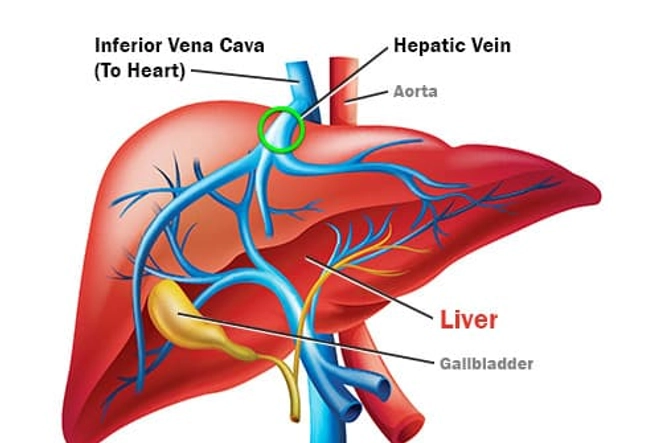
Budd-Chiari Syndrome
A blood clot narrows or blocks the veins that carry blood from your liver to your heart. It's not the same as portal vein thrombosis, but it has some of the same symptoms, including a large spleen, swollen belly, and bleeding. The main problem is with your liver. It doesn't work as well as it should. If it's very damaged, you could need a liver transplant.
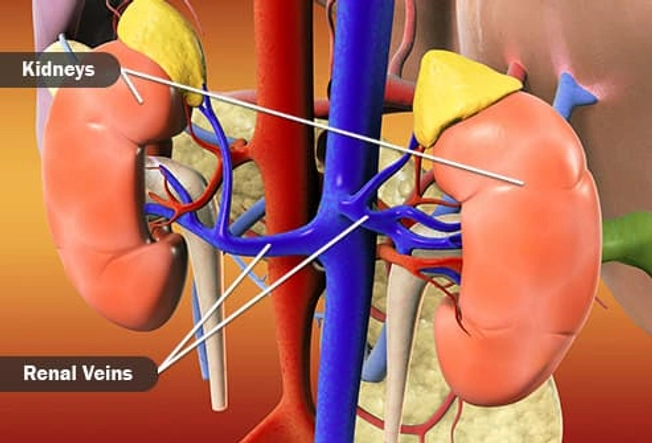
Renal Vein Thrombosis
A kidney disease called nephrotic syndrome can cause a clot in either of the veins that carry blood away from your kidneys. You might not have symptoms with a slow-growing clot. A clot that happens suddenly can give you low back pain and blood in your pee. When you have only one kidney or clots in both veins, your kidneys could stop working.